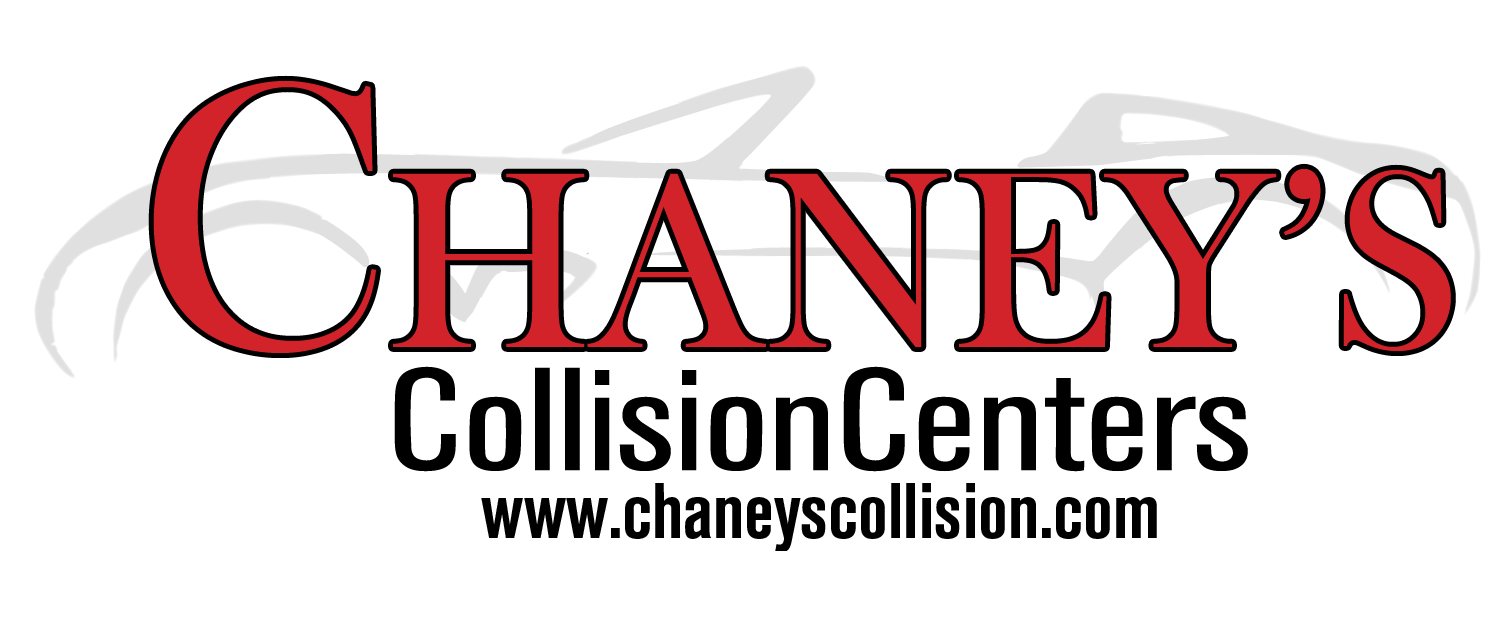The Impact of Collision Repair on Vehicle Insurance Premiums
 After a vehicle has been involved in a collision, one significant concern for many owners is how the necessary repairs will affect their insurance premiums. While repairs are crucial for restoring the vehicle’s safety and functionality, they can also lead to adjustments in insurance costs. Understanding the relationship between collision repairs and insurance premiums is essential for vehicle owners to manage expenses and make informed decisions. This article explores how and why insurance premiums may change following collision repairs and what vehicle owners can do to mitigate these effects.
After a vehicle has been involved in a collision, one significant concern for many owners is how the necessary repairs will affect their insurance premiums. While repairs are crucial for restoring the vehicle’s safety and functionality, they can also lead to adjustments in insurance costs. Understanding the relationship between collision repairs and insurance premiums is essential for vehicle owners to manage expenses and make informed decisions. This article explores how and why insurance premiums may change following collision repairs and what vehicle owners can do to mitigate these effects.
How Collision Repairs Affect Insurance Premiums
Assessment of Risk
Insurance premiums are fundamentally based on the perceived risk associated with insuring a particular vehicle and its driver. When a car is involved in a collision, insurers may reassess the risk level of covering that vehicle. If a vehicle has a history of accidents, insurance companies might conclude that there is a higher likelihood of future claims, which can lead to increased premiums.
Severity and Frequency of Claims
The impact on your premiums largely depends on the severity and frequency of claims. A single minor accident might not significantly affect your premiums, especially if you have a history of safe driving. However, multiple claims over a short period can make insurers view you as high-risk, which typically results in higher premiums.
Type of Repairs
The nature of the repairs can also influence insurance costs. Major repairs that affect the structural integrity or the performance of the vehicle can lead to higher premiums than cosmetic repairs. Insurers might believe that vehicles with extensive repairs could be more prone to future mechanical failures, increasing the risk of further accidents.
Managing Premium Increases After Repairs
Choose Certified Repair Shops
Using a certified repair shop that is recognized or recommended by your insurance provider can help mitigate premium increases. Certified shops are more likely to use OEM parts and follow repair protocols that maintain the vehicle’s safety standards, which insurers favor.
Review and Compare Insurance Policies
After repairs, it’s a good idea to review your current insurance policy and compare offers from other providers. Some insurers have different policies regarding premium increases following repairs, and shopping around can help you find a more favorable rate.
Maintain a Good Driving Record
Maintaining a safe driving record is one of the most effective ways to counterbalance any potential premium increases. Drivers with clean records are generally offered lower rates. Defensive driving courses can also demonstrate to insurers your commitment to safe driving, which might help reduce your premiums.
Communicating with Your Insurer
Provide Complete Repair Documentation
Ensure that you provide your insurer with complete documentation of the repairs, including details about what repairs were done, who performed them, and what parts were used. This transparency can influence how your insurer assesses the repair’s impact on the vehicle’s safety and value.
Discuss Discount Opportunities
Talk to your insurance agent about possible discounts that may apply to your policy. Some insurers offer discounts for vehicles equipped with certain safety features or for policyholders who drive fewer miles per year.
Conclusion
The impact of collision repairs on insurance premiums can vary based on many factors, including the nature of the repairs, the driver’s history, and the insurer’s policies. By understanding these factors and actively managing the post-repair process, vehicle owners can help mitigate potential increases in their insurance costs. Always maintaining open communication with your insurer and seeking out competitive quotes can ensure that you continue to receive the best possible coverage at a reasonable rate.

